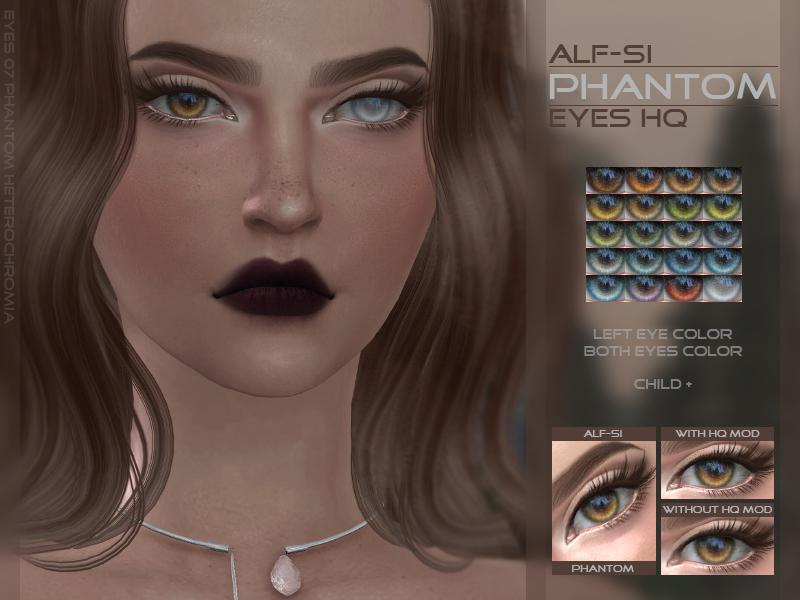


Increasing pigment within the iris stroma leads to greater light absorption and the resulting darker eye colour. 2, 3 The pigment content of the iris stroma and anterior border layer is responsible for determining all of the shades of iris colour from green to dark brown. Light of longer wavelength readily penetrates the iris and is absorbed, whereas light with a shorter wavelength is reflected back and scattered by the stromal matrix. The blue appearance is a result of backscatter of incident light by stromal collagen fibres. The density of the iris stroma is the main determinant of colour in blue irides. The posterior pigment epithelium is only an important determinant of eye colour when it is deficient in normal melanosomes in conditions such as albinism. 3, 4 It is generally considered that the concentration of melanosomes in the posterior pigment epithelium is relatively constant in normal individuals and as a result it has little impact differences in normal eye colour. It is believed that there are four main factors, which determine iris colour: the pigment granules within the posterior pigment epithelium, the concentration of pigment within the iris stromal melanocytes, the nature of melanin pigment within the iris melanocytes, and the light-scattering and absorption properties of the extracellular stromal matrix. It consists of two layers of cuboidal pigment cells, which are tightly joined to each other by numerous intercellular junctions. The posterior pigment epithelium is derived from the anterior portion of the optic cup. The posterior pigment epithelium forms the posterior layer and is neuroectodermal in origin. 1, 2 Uveal melanocytes differ from their cutaneous counterparts in one important respect: cutaneous melanocytes ‘inoculate’ melanosomes into the surrounding epithelial cells by contrast, uveal melanocytes remain continent and do not release melanosomes into the surrounding tissues.

Iris stromal, ciliary body, and choroidal melanocytes are all derived from the neural crest, a transient population of cells, unique to vertebrates. The anterior border layer is a condensation of connective tissue of the anterior stroma and contains numerous pigment cells. The anterior layer is the iris stroma, which is derived from the mesoderm and consists of a loose collagenous network, which contains the sphincter pupillae muscle, blood vessels, nerves, and cellular elements, including fibroblasts, melanocytes, clump cells, and mast cells. Normal eye colour and pigmentation of the iris The anatomy of iris pigmentationĪnatomically the iris is composed of two layers of different embryological origin.


 0 kommentar(er)
0 kommentar(er)
